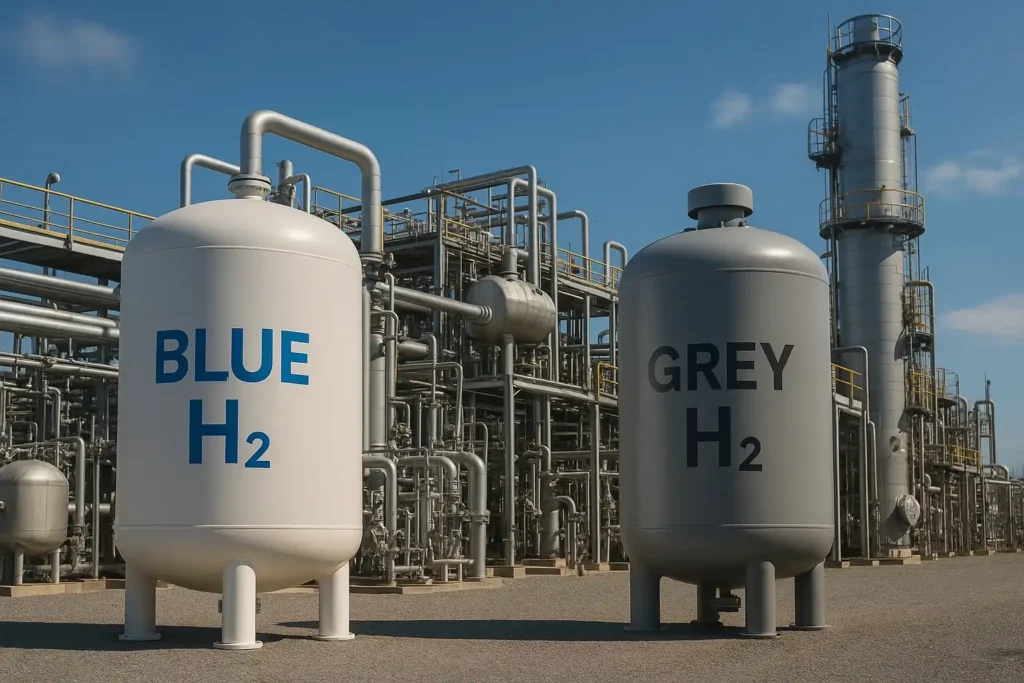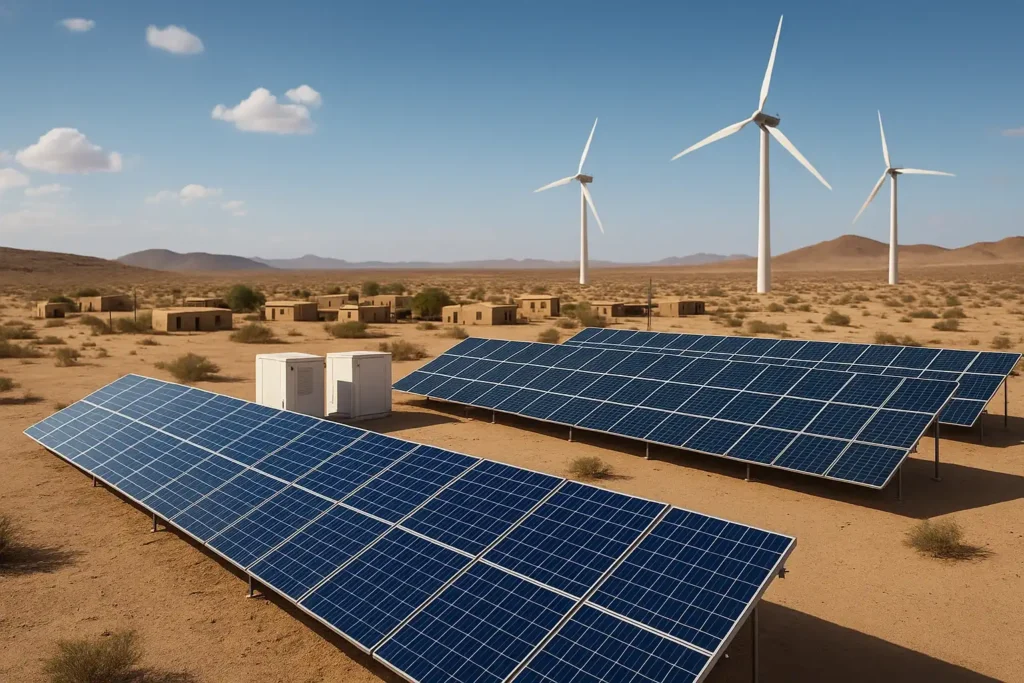Energy storage underpins the transition to low‑carbon power and transport. Conventional lithium‑ion batteries (LIBs) have dominated the market but are limited by the flammability and electrochemical instability of organic liquid electrolytes, as well as the use of graphite anodes and transition‑metal oxide cathodes capped at ~300 Wh/kg. SSBs harness solid electrolytes to enable lithium‑metal anodes, unlocking >350 Wh/kg cell‑level energy densities, superior thermal stability, and intrinsic resistance to leakage and combustion (Wikipedia, American Chemical Society Publications).
Solid Electrolyte Materials
Sulfide Electrolytes
Sulfide glasses and crystals (e.g., Li₁₀GeP₂S₁₂, argyrodites) exhibit ionic conductivities up to 10⁻² S/cm—on par with liquid counterparts—while maintaining deformability for good electrode contact. However, they are air‑sensitive, generating toxic H₂S in moisture, and require rigorous encapsulation (ScienceDirect, ScienceDirect).
Oxide Electrolytes
Oxides like garnet‑type Li₇La₃Zr₂O₁₂ (LLZO) offer excellent electrochemical stability against lithium metal and ambient air tolerance. Their high stiffness suppresses dendrite growth, but grain‑boundary resistance and brittleness complicate manufacturing at scale (American Chemical Society Publications, ScienceDirect).
Polymer‑Ceramic Composites
Polyethylene oxide (PEO) and polyvinylidene fluoride (PVDF) matrices combined with ceramic fillers (LLZO, Li₁.₃Al₀.₃Ti₁.₇(PO₄)₃) yield flexible, processable films. While conductivity (~10⁻⁴ S/cm at 60 °C) lags inorganic solids, polymer composites excel in interfacial compliance and manufacturability (MDPI, RSIS International).
Interface Engineering
Stable electrode–electrolyte interfaces are critical to prevent high resistance and dendrite penetration. Strategies include:
- Thin‑film coatings (e.g., atomic‑layer‑deposited Al₂O₃) to block electronic leakage and chemical reactions.
- In‑situ formed solid electrolyte interphases (SEI) via electrolyte additives (fluoroethylene carbonate) that tailor interface chemistry.
- Gradient architectures, where composition varies from cathode through electrolyte to anode, reducing stress and interfacial mismatch (ScienceDirect, arXiv).
Manufacturing Innovations
Scaling SSBs demands novel processing beyond batch‑fabricated ceramic pellets:
- Roll‑to‑roll sputtering and tape casting enable thin, continuous electrolyte layers (<20 µm) for high volumetric energy densities.
- Cold‑spray deposition of sulfide powders followed by mild densification lowers thermal budgets.
- 3D printing of composite inks permits architected electrodes with optimized porosity and ionic pathways (ScienceDirect, RSIS International).
Performance Milestones
Recent demonstrations highlight SSBs nearing commercial viability:
- Ion Storage Systems (Maryland) began production of Li‑metal SSB cells offering 50% longer cycle life and fast‑charge capabilities, leveraging a rigid ceramic layer to mitigate volume changes (Wall Street Journal).
- Stellantis & Factorial have validated 77 Ah FEST cells at 375 Wh/kg with >600 cycles and 15→90% charge in 18 min, operating from –30 °C to 45 °C (The Verge).
University of California Riverside researchers report prototype pouch cells charging in minutes and maintaining >1,000 cycles at 90% capacity retention, showcasing the cooling advantages of SSBs (news.ucr.edu, American Chemical Society Publications).
Applications
- Electric Vehicles: High energy density and safety meet stringent automotive requirements; commercialization slated for 2026–2028.
- Grid Storage: Long calendar life (>10 years) and fire safety make SSBs attractive for behind‑the‑meter and renewable firming.
- Wearables & IoT: Thin, flexible SSB layers enable novel form factors and reduce thermal management needs.
Challenges and Outlook
Key hurdles remain:
- Cost & Materials Supply: Exotic precursors (Ge, P, Ir for PEM analogues) and low‑throughput processes elevate costs.
- Interfacial Stability: Long‑term chemo‑mechanical degradation at interfaces under cycling stress requires further R&D.
- Standardization & Testing: Lack of industry‑wide protocols for SSB performance and safety metrics slows adoption.
Emerging directions include sodium‑based solid electrolytes for cheaper, more abundant chemistries (arXiv), and multivalent (Mg²⁺, Ca²⁺) SSB concepts to double volumetric capacity. Continued investment in giga‑scale manufacturing partnerships and materials discovery will determine whether SSBs transition from flagship prototypes to mass‑market energy storage solutions.
Solid‑state batteries represent a paradigm shift in electrochemical energy storage, combining high energy density, enhanced safety, and robust lifetime. Advances in electrolyte materials, interface design, and scalable manufacturing are converging to overcome historical barriers. With multiple pilot production lines launching by 2026 and ongoing breakthroughs in performance, SSBs are poised to drive the next generation of electric mobility, grid integration, and portable devices—ushering in a safer, more energy‑dense future.




